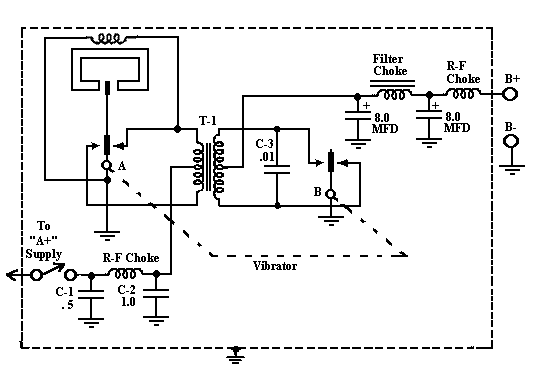A friend approached me yesterday with a problem: he wants a full wave rectifier bridge that he can switch on and off.
I thought he could just wire up 4 BJT's collector - emitters as diodes and switch the whole bridge on and off by applying a positive voltage to the 4 bases tied together.
He wants to be able to switch the bridge on and off several thousand times as an experiment he's carrying out, so relays are likely out of the question.
What do you think?
I thought he could just wire up 4 BJT's collector - emitters as diodes and switch the whole bridge on and off by applying a positive voltage to the 4 bases tied together.
He wants to be able to switch the bridge on and off several thousand times as an experiment he's carrying out, so relays are likely out of the question.
What do you think?

Comment